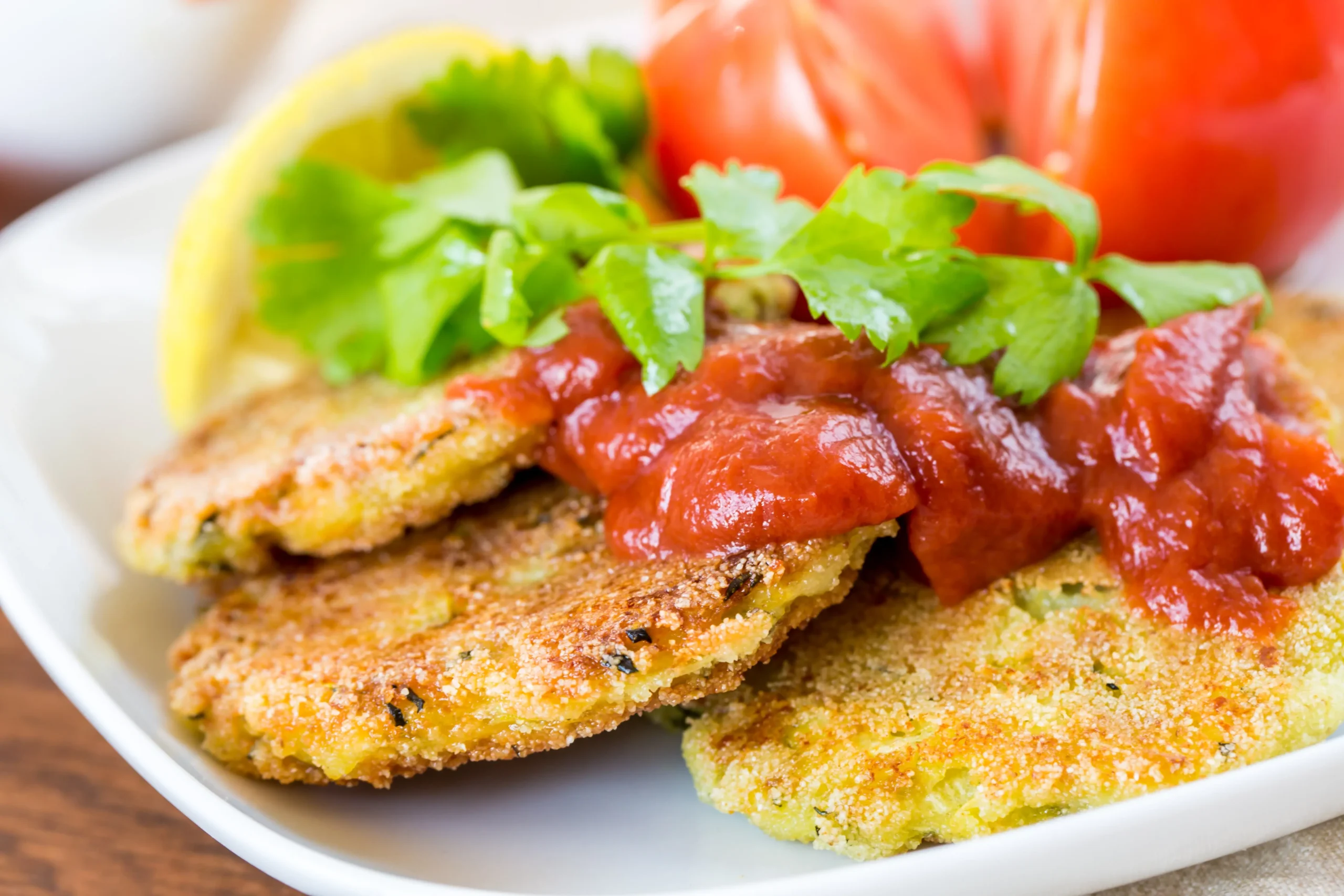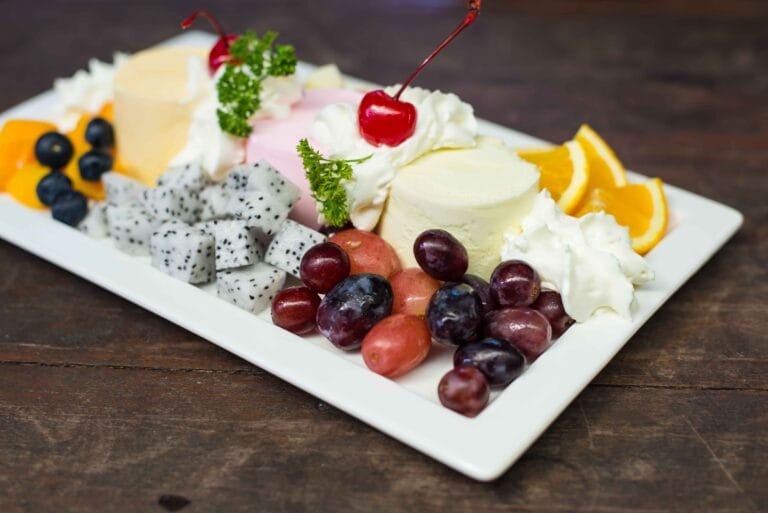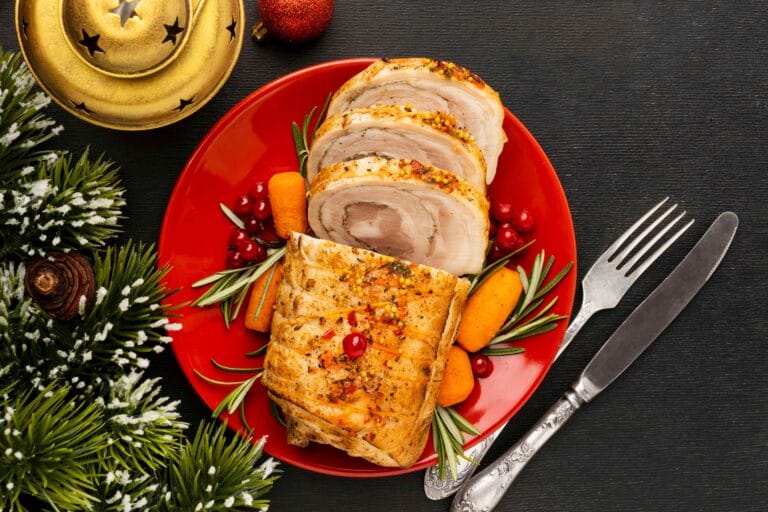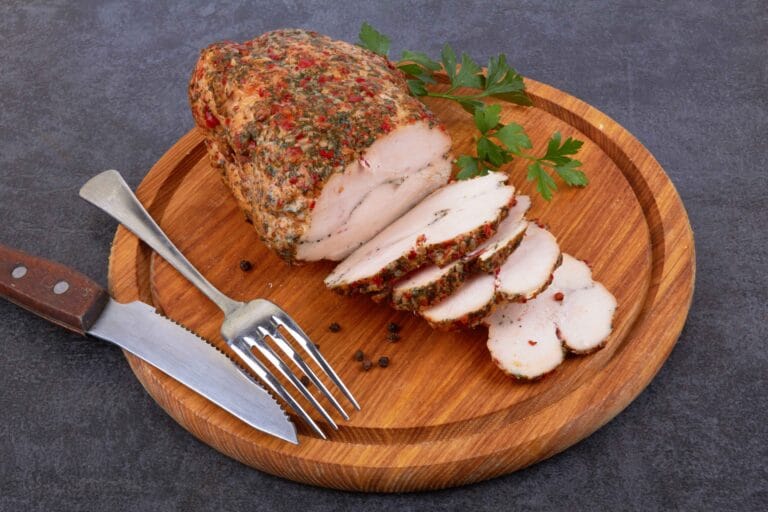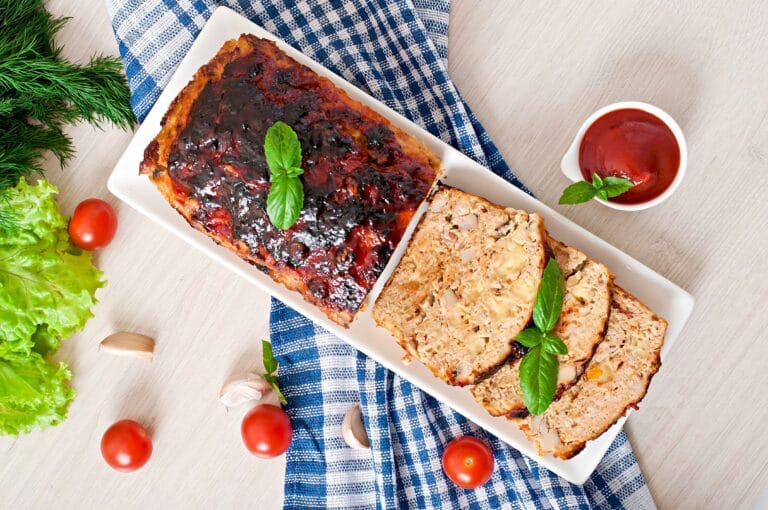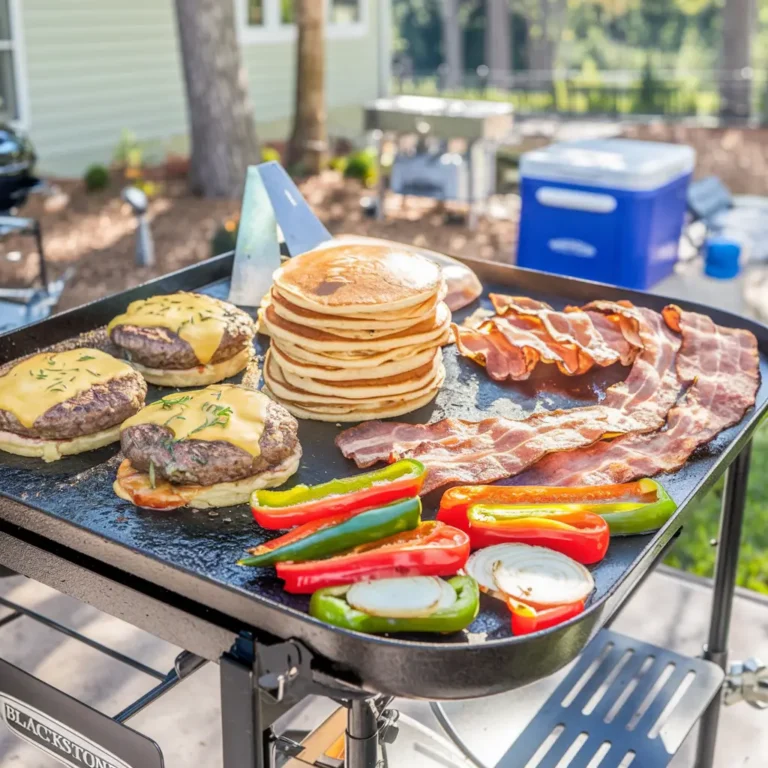How do you keep salmon patties from falling apart when cooking
How do you Salmon Patties from Falling Apart When Cooking ?
Salmon patties are a versatile, nutritious dish enjoyed worldwide. Despite their simplicity, one common problem home cooks face is keeping them intact during cooking. Improper preparation or cooking techniques often result in crumbling or breaking. This guide will help you understand the key methods and steps to ensure your salmon patties remain perfectly shaped and delicious.
Understanding the Basics of Salmon Patties
Composition of Salmon Patties
At their core, salmon patties are made up of three main components: the salmon itself, a binder, and flavoring ingredients. Each plays a crucial role in the stability and taste of the patties. Understanding these elements can help prevent common issues like crumbling or breaking.
For a detailed breakdown of essential ingredients, visit our guide on What Are the Ingredients in Salmon Patties
The Salmon
- Fresh Salmon: Fresh, cooked salmon provides a tender, flaky texture. It should be fully cooked, flaked, and free of excess moisture before mixing.
- Canned Salmon: A convenient option, canned salmon should be drained thoroughly to eliminate excess liquid, which can make the patties fall apart.
- Leftover Salmon: If you’re using leftover salmon, ensure it’s still moist but not watery to maintain the perfect balance.
Binding Agents
The binder is what holds everything together. Without a good binder, the patties lack structure and can fall apart when cooking.
- Eggs: The most common binder, eggs act as glue, holding the salmon and other ingredients together.
- Breadcrumbs or Panko: These absorb excess moisture and add texture. Gluten-free options like crushed rice crackers can also work.
- Mashed Potatoes: A creamy alternative to breadcrumbs, mashed potatoes provide both structure and moisture.
- Oats or Quinoa: For a healthier twist, these ingredients can be used to add binding power and nutrients.
Looking for alternative binding agents? Explore our article What Can I Substitute for Breadcrumbs in Salmon Patties for creative options.
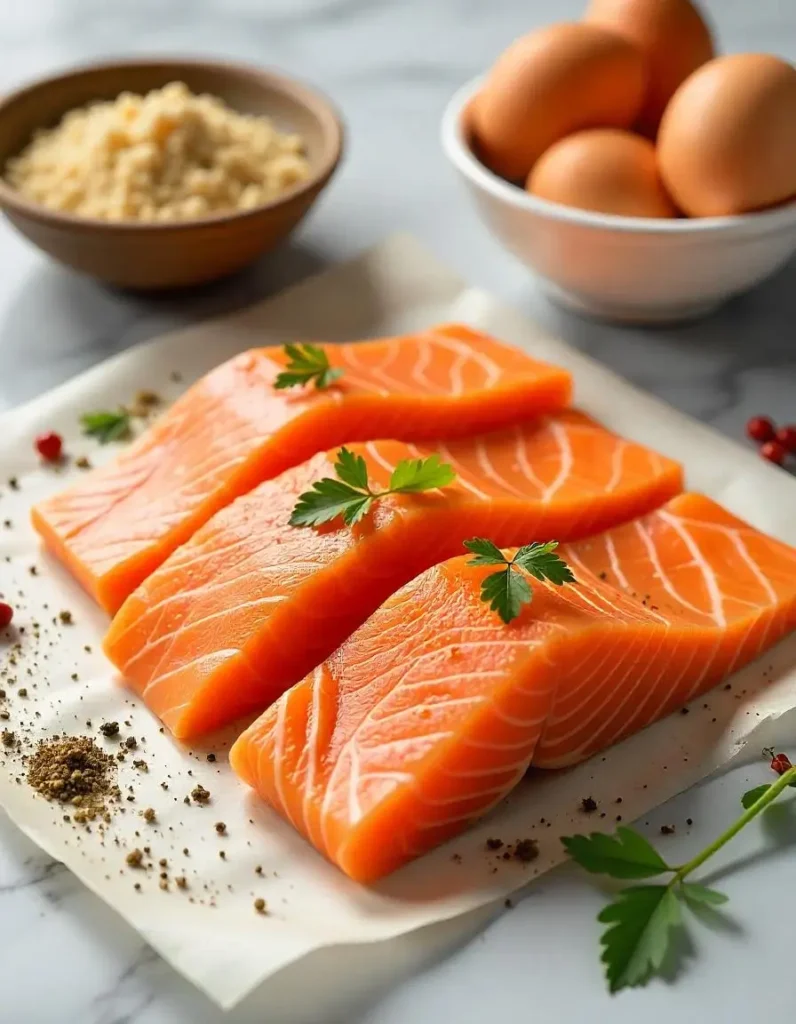
Flavoring Ingredients
While these don’t directly impact stability, the flavoring ingredients contribute to the overall appeal of the patties. However, too many wet ingredients can compromise the structure.
- Seasonings and Spices: Paprika, garlic powder, dill, and parsley enhance the flavor profile.
- Veggies and Add-Ins: Minced onions, celery, or peppers should be finely chopped to avoid large chunks that can weaken the patty’s stability.
The Role of Moisture Control
Excess moisture is one of the primary reasons salmon patties fall apart. Whether it’s from the salmon, added ingredients, or even the binding agents, managing moisture is crucial.
Tips for Managing Moisture
- Drain Canned Salmon Thoroughly: Squeeze out as much liquid as possible before mixing.
- Cook Fresh Salmon Properly: Avoid overcooking or undercooking, as both can affect moisture levels.
- Limit Wet Add-Ins: Ingredients like mayonnaise or mustard should be used sparingly to prevent an overly soft mixture.
- Adjust Binder Ratios: If the mixture feels too wet, add more breadcrumbs or dry binders until it holds together.
Step-by-Step Methods to Prevent Breaking
Draining Excess Liquid
Excess moisture is the enemy of well-formed salmon patties. Properly draining the salmon and controlling the liquid content in your recipe ensures a cohesive texture that holds up during cooking.
For Fresh Salmon
- After cooking fresh salmon, use a paper towel to pat the flakes dry.
- If the salmon was poached or steamed, let it rest on a cooling rack to release any retained moisture before flaking.
For Canned Salmon
- Open the can and drain the liquid completely using a fine mesh strainer or colander.
- Press the salmon gently with the back of a spoon to extract excess liquid for an even drier result.
Managing Wet Ingredients
- Avoid adding too many wet ingredients like mayonnaise, yogurt, or mustard. If these are essential for flavor, balance them with an equal portion of breadcrumbs or a dry binder.
- Minced vegetables like onions or peppers should be sautéed before adding them to the mixture to reduce their moisture content.
For a classic recipe that balances moisture perfectly, see our Old Fashioned Salmon Patties Recipe.
Using Proper Binding Agents
Binding agents are the glue that holds your salmon patties together. Selecting and properly using these ingredients can make all the difference.
Eggs
- Why They Work: Eggs create a network of proteins that firm up as they cook, holding the patties in place.
- How to Use: Typically, one egg per 1 to 1.5 cups of salmon is sufficient. Beat the egg before mixing it in to ensure even distribution.
Breadcrumbs, Panko, or Crackers
- Why They Work: These ingredients absorb excess moisture, creating a firmer texture.
- How to Use: Add them gradually, about 1/4 cup at a time, until the mixture feels cohesive and can hold its shape when pressed.
Mashed Potatoes or Starch Alternatives
- Why They Work: These add a soft yet firm consistency, making them an excellent gluten-free binder.
- How to Use: Replace breadcrumbs with an equal portion of mashed potatoes or add 1-2 tablespoons of cornstarch for a firmer patty.
Chilling the Mixture
Chilling the mixture is a simple yet effective step to enhance stability.
Why Chilling Works
- Cooling the mixture helps firm up the binding agents (like eggs and starches), making the patties easier to shape and less likely to fall apart when cooking.
How to Chill the Patties
- After mixing the ingredients, shape the patties immediately.
- Arrange them on a tray lined with parchment paper.
- Place the tray in the refrigerator for 15-30 minutes. If you’re short on time, 10 minutes in the freezer can suffice.
Forming Perfect Salmon Patties
Tips for Shaping the Patties
The way you shape your salmon patties plays a significant role in their stability during cooking. Proper shaping techniques ensure even cooking and reduce the likelihood of breaking apart.
Firmness Matters
- When forming patties, press the mixture firmly between your hands to eliminate air pockets.
- Aim for a compact shape, but don’t over-compress, as this can make the patties dense and tough.
Optimal Size and Thickness
- Keep the size of the patties manageable. A diameter of about 3-4 inches and a thickness of 3/4 to 1 inch works best for even cooking.
- Thinner patties are more likely to break, while excessively thick ones may not cook through properly.
Using Tools for Uniformity
- Use a ring mold for consistent size and shape, especially if you’re making multiple patties.
- A measuring cup or ice cream scoop can help portion the mixture evenly before shaping.
Pre-Coating for Extra Stability
Lightly coating your salmon patties before cooking can create a protective barrier that helps hold them together.
Options for Coating
- Flour: Dust each patty lightly with all-purpose or gluten-free flour to create a crisp crust and hold the mixture together.
- Breadcrumbs or Panko: Press the patties gently into a plate of breadcrumbs or panko for added texture and firmness.
- Cornstarch or Potato Starch: These starches can be used for a lighter coating that still adds structure.
Steps for Pre-Coating
- Place your chosen coating material on a shallow plate.
- Gently press each patty into the coating, ensuring an even layer on all sides.
- Shake off any excess coating before cooking to prevent burning.
Handling Patties with Care
Your technique while handling and preparing the patties can make a big difference.
Avoid Overworking the Mixture
- Mix the ingredients just enough to combine them. Overmixing can lead to a dense, less stable texture.
Arrange Patties on Parchment
- After shaping, place the patties on a parchment-lined tray or plate to prevent sticking and make transferring them to the pan easier.
Refrigerate After Shaping
- For maximum firmness, chill the shaped patties again before cooking, even if you’ve already chilled the mixture earlier.
Cooking Techniques for Stability
Choosing the Right Cooking Method
How you cook salmon patties significantly affects their texture, flavor, and structural integrity. The right cooking method ensures they stay intact while achieving a perfect golden crust.
Pan-Frying
Pan-frying is the most popular method for cooking salmon patties due to its quick cooking time and crisp texture.
- Use a Nonstick or Well-Seasoned Pan: A nonstick pan reduces the risk of sticking, while a well-seasoned cast iron skillet provides even heat distribution.
- Oil Selection: Use a neutral oil with a high smoke point, such as canola, vegetable, or avocado oil, to prevent burning.
- Cooking Tips:
- Heat the oil over medium heat until shimmering before adding the patties.
- Cook for 3-4 minutes on each side, flipping gently with a wide spatula.
Baking
Baking is a healthier, hands-off alternative to frying.
- Preparation: Preheat the oven to 400°F (200°C) and line a baking sheet with parchment paper or lightly grease it.
- Cooking Tips:
- Arrange the patties evenly on the baking sheet.
- Bake for 12-15 minutes, flipping halfway through, until golden and firm.
Air Frying
Air frying offers a crisp texture with minimal oil.
- Preparation: Preheat the air fryer to 375°F (190°C). Lightly spray the patties with oil to encourage browning.
- Cooking Tips:
- Place the patties in a single layer, leaving space for airflow.
- Cook for 10-12 minutes, flipping halfway through.
Setting the Right Temperature
Cooking salmon patties at the correct temperature is essential to avoid overcooking or breaking apart.
Why Medium Heat is Best
- Cooking at medium heat allows the patties to form a crust before the inside fully cooks, minimizing the chance of breaking.
- High heat can burn the outside while leaving the inside undercooked, increasing the likelihood of crumbling.
Preheating Your Pan or Oven
- Always preheat the cooking surface to ensure even cooking from the start.
- Test the temperature by dropping a small amount of the patty mixture into the pan; it should sizzle gently.
Timing the Flip
Flipping salmon patties requires careful timing to maintain their shape.
How to Know When to Flip
- Wait until the bottom of the patty is golden brown and slightly crisp. This typically takes 3-4 minutes for pan-frying.
- Gently shake the pan; if the patty moves easily, it’s ready to flip.
Tips for a Safe Flip
- Use a wide, sturdy spatula to support the patty fully during the flip.
- Avoid lifting or flipping too soon, as this can cause the patties to break apart.
- Flip gently, using the edge of the spatula to guide the patty over.
Bonus Tips for Advanced Stability
Coating Patties for Extra Stability
Adding a light coating to your salmon patties before cooking can create a protective layer, enhancing their structure and preventing breakage.
Best Coating Options
- Flour: Simple and effective, a dusting of all-purpose or gluten-free flour helps seal in moisture and provide a crisp outer layer.
- Breadcrumbs or Panko: These create a crunchy texture, perfect for pan-frying or baking.
- Cornmeal or Polenta: Ideal for a gluten-free option with a slightly crunchy texture.
Steps for Coating
- Prepare your coating material in a shallow dish.
- Gently press each patty into the coating, ensuring even coverage on all sides.
- Shake off the excess before cooking to prevent burning.
Alternative Cooking Methods
Experimenting with different cooking methods can enhance the flavor and texture of salmon patties while ensuring they hold their shape.
Baking in Foil
- Wrap individual patties in aluminum foil before baking to trap moisture and steam them gently.
- Bake at 375°F (190°C) for 12-15 minutes, then remove the foil and broil for 2 minutes to crisp the exterior.
Grilling on a Cedar Plank
- If grilling, use a cedar plank to keep the patties stable and infuse a smoky flavor.
- Preheat the plank on the grill and place the patties on top, cooking for 10-12 minutes over medium heat.
Steaming
- Place patties in a steamer basket lined with parchment paper to prevent sticking.
- Steam over boiling water for 10-15 minutes until firm.
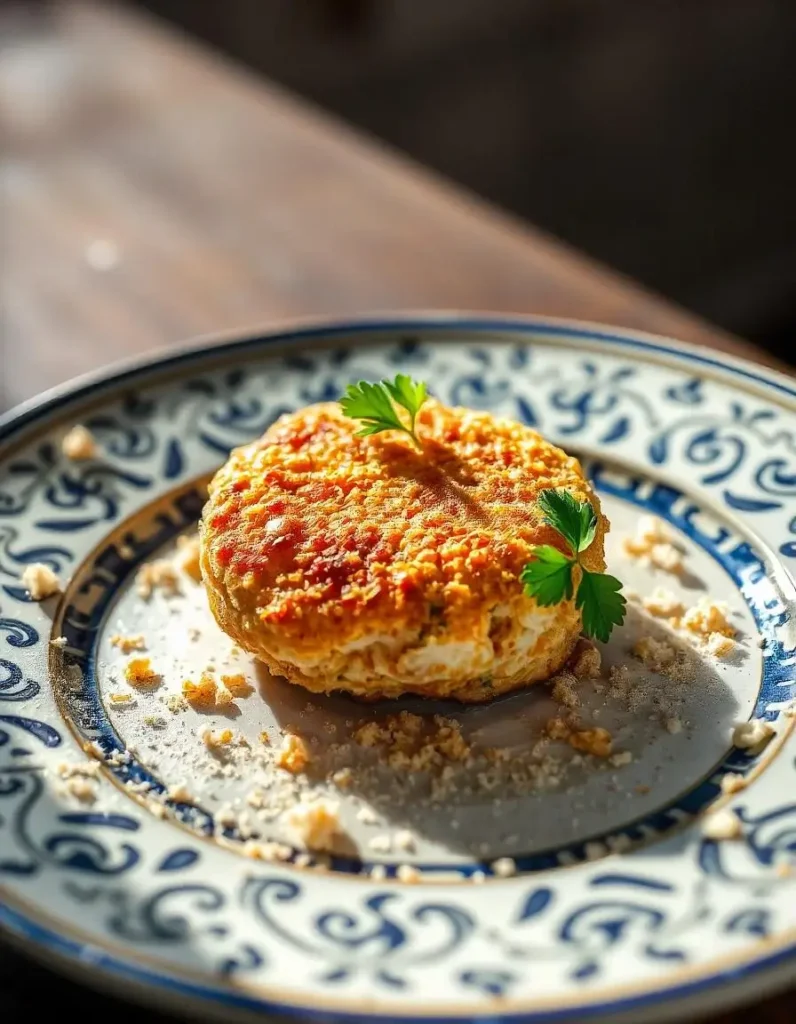
Creative Binding Additions
You can experiment with non-traditional binding ingredients to add variety to your salmon patties.
Mashed Vegetables
- Sweet Potatoes: Add natural sweetness and binding power.
- Cauliflower Mash: A low-carb alternative that keeps the patties moist.
Quinoa or Cooked Grains
- Quinoa, rice, or bulgur wheat adds texture and fiber while acting as a binder.
Flaxseeds or Chia Seeds
- When soaked in water, these seeds form a gel-like texture that works as an egg replacement for binding.
Troubleshooting Common Issues
If your patties are still falling apart, consider these troubleshooting tips.
Problem: Too Wet
- Solution: Add more breadcrumbs, panko, or another dry ingredient until the mixture is firm and holds its shape.
Problem: Too Dry
- Solution: Add a small amount of mayonnaise, yogurt, or a beaten egg to increase moisture.
Problem: Falling Apart While Flipping
- Solution: Let the patties cook longer on the first side to form a stronger crust before flipping.
FAQs About Salmon Patties
How do you Salmon Patties from Crumbling?
To keep salmon patties from crumbling, focus on three key factors: proper moisture balance, effective binding agents, and handling techniques. Ensure the salmon mixture is neither too wet nor too dry by draining excess moisture and adding the right amount of binders like eggs and breadcrumbs. Chill the patties before cooking to help them firm up, and use a gentle flipping technique to avoid breaking them.
Why Won’t My Salmon Patties Stay Together?
If your salmon patties aren’t staying together, it’s likely due to insufficient binding agents or too much moisture in the mixture. Make sure to:
- Use an egg to bind the ingredients (1 egg per 1-1.5 cups of salmon).
- Add dry binders like breadcrumbs or mashed potatoes to absorb excess liquid.
- Chill the mixture or the patties for at least 15-30 minutes to let the ingredients set.
What Causes Salmon Patties to Fall Apart?
Several factors can cause salmon patties to fall apart:
- Too Much Moisture: Excess liquid from canned salmon, fresh salmon, or added ingredients can make the mixture too loose.
- Insufficient Binders: Without enough eggs, breadcrumbs, or other binders, the patties won’t hold their shape.
- Improper Handling: Flipping the patties too early or using a flimsy spatula can lead to breaking.
To avoid these issues, ensure proper moisture control, use enough binding agents, and cook the patties gently over medium heat.
How to Make Fish Cakes Stay Together?
Fish cakes, including salmon patties, stay together when you:
- Drain the fish thoroughly and pat it dry before mixing.
- Use a combination of eggs and a starch (breadcrumbs, flour, or mashed potatoes) as binders.
- Form the cakes firmly and refrigerate them for 15-30 minutes before cooking.
- Avoid overcrowding the pan during cooking and flip the cakes gently using a wide spatula.
Want to know how salmon patties differ from croquettes? Read our article on What Is the Difference Between Salmon Patties and Salmon Croquettes for insights.
Conclusion
Making salmon patties that hold their shape and don’t fall apart requires attention to detail, proper ingredients, and the right techniques. By focusing on moisture control, using effective binding agents like eggs and breadcrumbs, and chilling the patties before cooking, you can create perfectly stable and delicious salmon patties every time.
Remember to handle the patties gently during preparation and cooking, and choose a suitable method, such as pan-frying, baking, or air frying, to suit your preferences. With the tips provided in this guide, you’ll master the art of making salmon patties that are both structurally sound and packed with flavor.
Whether you’re preparing a quick weeknight dinner or impressing guests with your culinary skills, these techniques ensure success every time. Enjoy your perfectly cooked salmon patties with your favorite sides, sauces, and garnishes!

